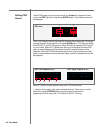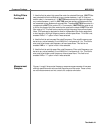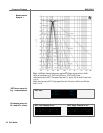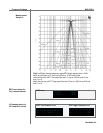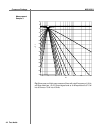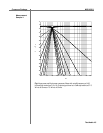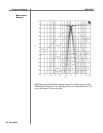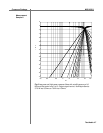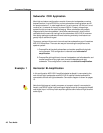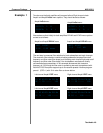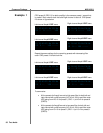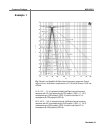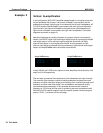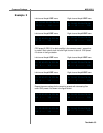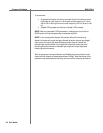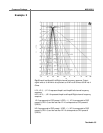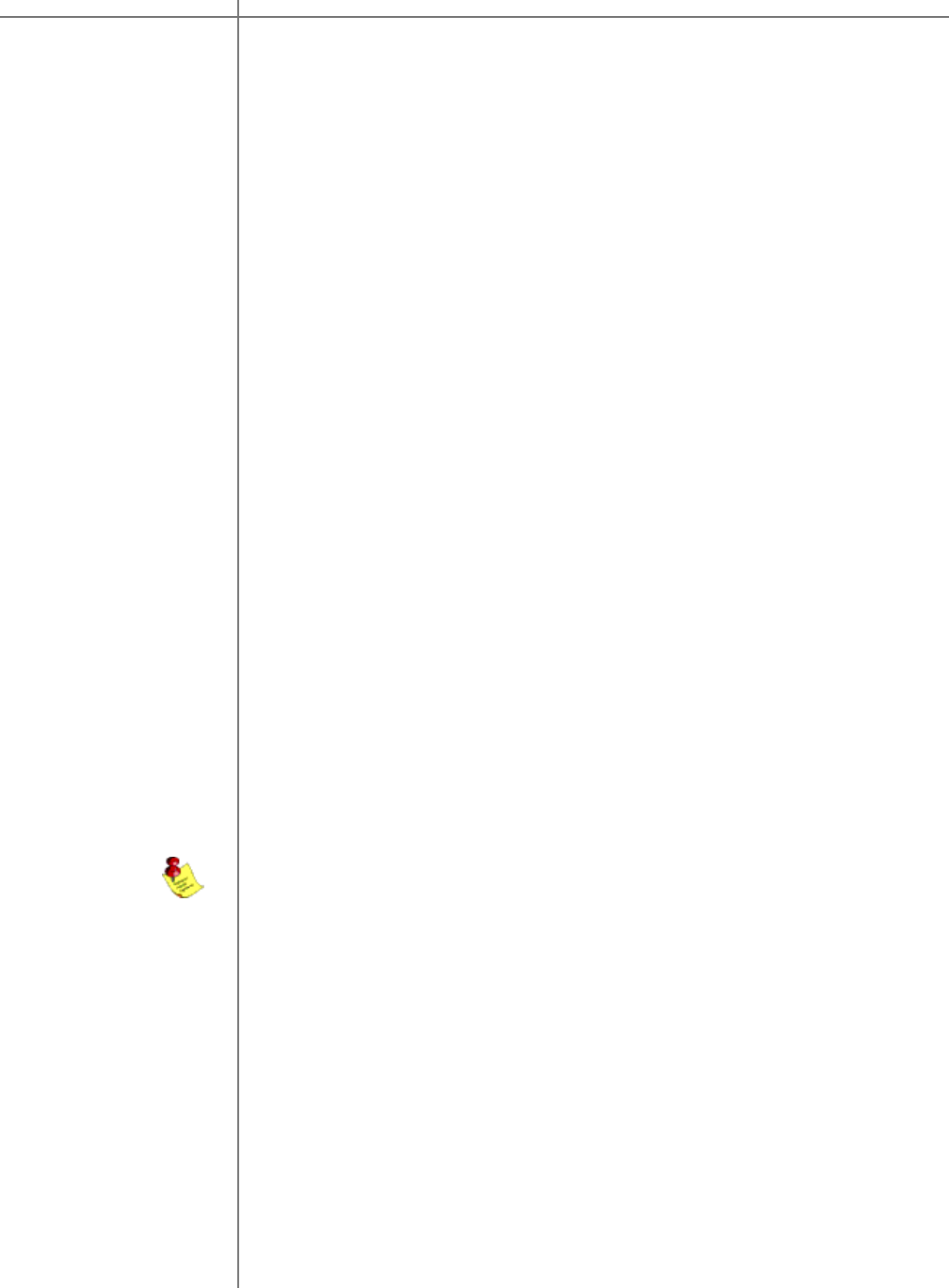
CAUTIONCAUTION
48 Tact Audio
Subwoofer COR Application
Most high-end stereo configurations consist of two main loudspeakers covering
frequencies form f
c
up to 20,000 Hz, and two subwoofers covering bottom end of
the spectrum below f
c
. In most applications f
c
is set to around 100 Hz but it is not
unusual for f
c
to extend all the way to around 300 Hz. Properly integrating a
system like this one can be quite challenging. When subwoofers are properly
integrated with the main speakers it should be seamless and it should not be
noticeable that the sound is coming from the subwoofers. M/S-2150 X crossover
filter design package combined with level balancing and delay time feature can
greatly help to achieve this goal.
To power a system with two main channels and two subwoofers you will need two
M/S-2150 X amplifiers. There are two ways of connecting the amplifiers to the
speaker system:
1. One amplifier driving both subwoofers and another amplifier driving both
main channels. This configuration is referred to as horizontal bi-
amplification.
2. One amplifier driving left main channel loudspeaker and left subwoofer, and
another amplifier driving right main channel loudspeaker and right
subwoofer. This configuration is referred to as vertical bi-amplification.
Horizontal Bi-Amplification
In this configuration M/S-2150 X amplifier labeled as Amp#1 is connected to the
main left and right loudspeaker and M/S-2150 X amplifier labeled as Amp#2 is
connected to the left and right subwoofer. Connection diagram is shown on pages
15.
Note that digital source (usually processor or transport output) is connected to
Amp#1 coax/SPIDF digital input and Amp#1 digital output is connected to Amp#2
coax digital input. In this way both amplifiers get the same Left and Right channel
audio signal.
Example 1
Crossover Package M/S-2150 X



